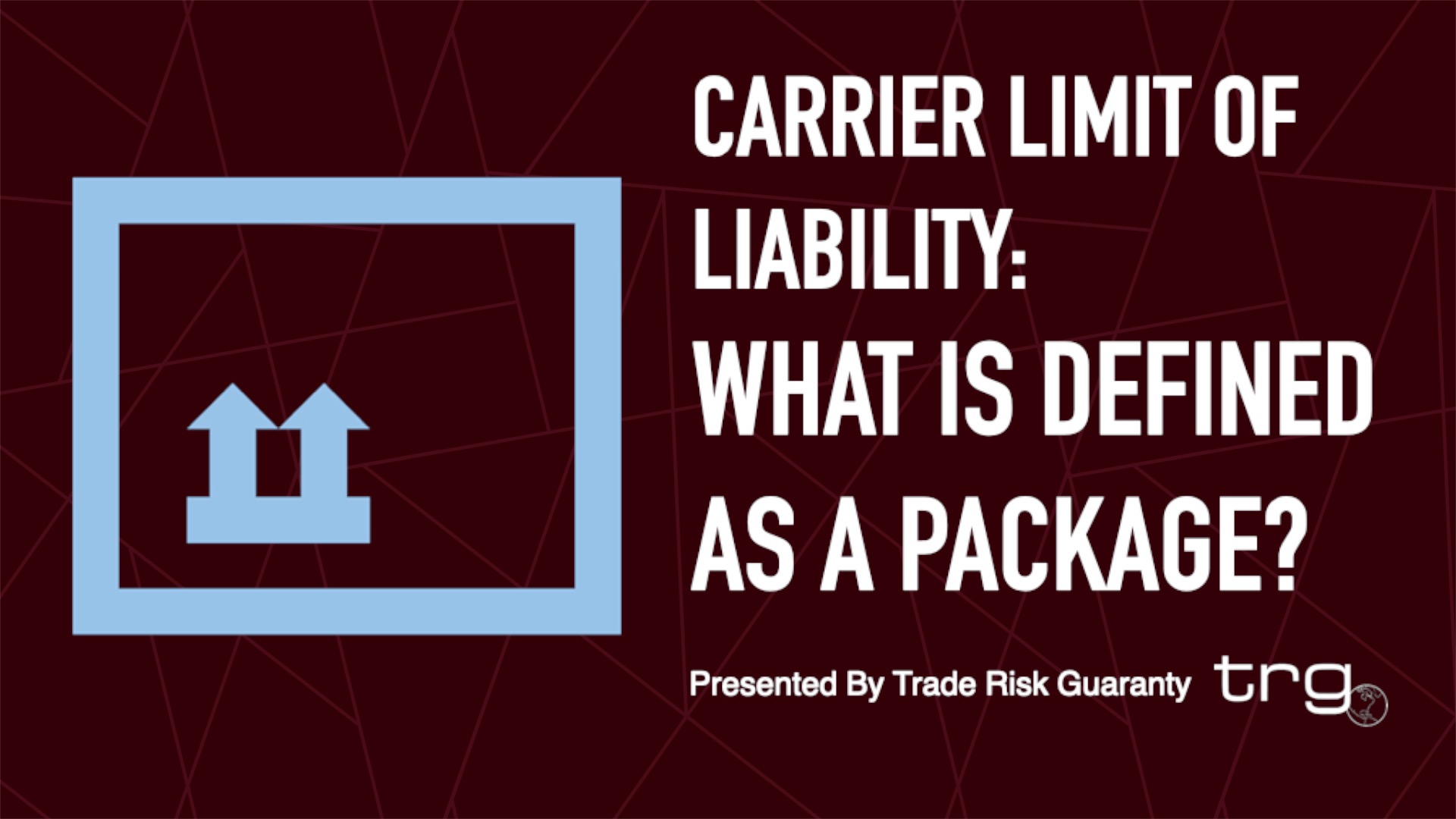Federal courts have struggled to provide a clear and specific definition of a package for the purpose of carrier limit of liability.
Carriers and their insurers have attempted to limit liability by having the courts treat a container or pallet as a package rather than individual packages in the container or on a pallet as separate packages.
What is a “Package”?
The term package is not defined in the Carriage of Goods by Sea Act, or COGSA, and there is no legislative history to help determine its meaning. Some courts have held that the term should be interpreted according to its plain, ordinary meaning.
However, there are general standards that most courts apply in determining what is meant by the term “package.” These standards vary according to whether or not the cargo is shipped in a container.
Containerized Shipments
Containerized shipments, meaning that individual units are put into a container and/or shipped on pallets, are complicated because it must be determined whether a pallet inside a container or the container itself constitutes a package. A similar problem arises with the shipment of multiple units on a pallet.
When goods are containerized, and the bill of lading discloses the number of packages within the container or on the pallet, the package is not the container or the pallet. The packages are each package within the container or on the pallet. This only applies to shipments covered under COGSA.
If the bill of lading reveals the number of individual packages in the container, then these are the packages for limitation purposes under COGSA. However, if the bill of lading does not disclose the number of packages in the container, the container itself could be determined as the package. Unless the packaging is specified in the bill of lading, carriers will owe $500 per container.
Non-Containerized Shipments
When non-containerized cargo is fully boxed or crated, each box or crate will generally constitute a package. This is true regardless of the size and weight of the cargo.
Customary Freight Units
Cargo that is shipped without packaging is treated as “not shipped in packages.” Thus, a free-standing or uncrated item is not a package. If goods are not shipped in packages, the carrier limit of liability is $500.00 per customary freight unit.
The term customary freight unit refers to the quantity, weight, or measurement of the cargo as the basis for calculating the freight rate to be charged. A customary freight unit relates to how carriers collect money, so it may have nothing to do with the cargo’s physical attributes.
Advantages of Marine Cargo Insurance
The uncertainty resulting from the federal courts not providing a consistent definition of a package is avoidable for importers willing to purchase cargo insurance. Those who secure a cargo insurance policy need not worry about how their lost, damaged, or delayed cargo is classified package-wise and will be protected from any loss under their policy limit.
Don’t forget to subscribe to our channel for more informative videos on the international trade world.







![[Webinar] How Could Changes to De Minimis Impact Your Company?](https://traderiskguaranty.com/trgpeak/wp-content/uploads/2025/05/trg-how-de-minimis-impacts-customs-bond-webinar-400x250.png)